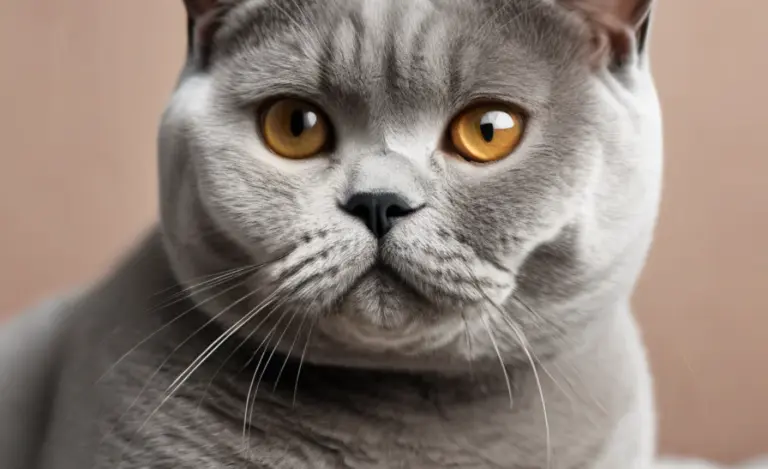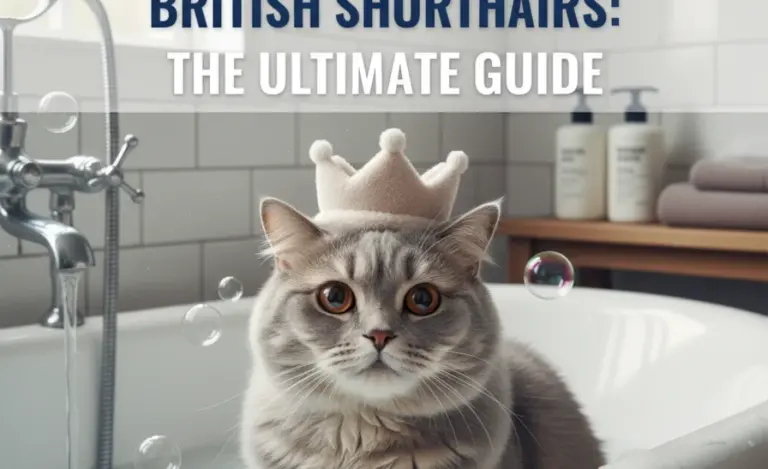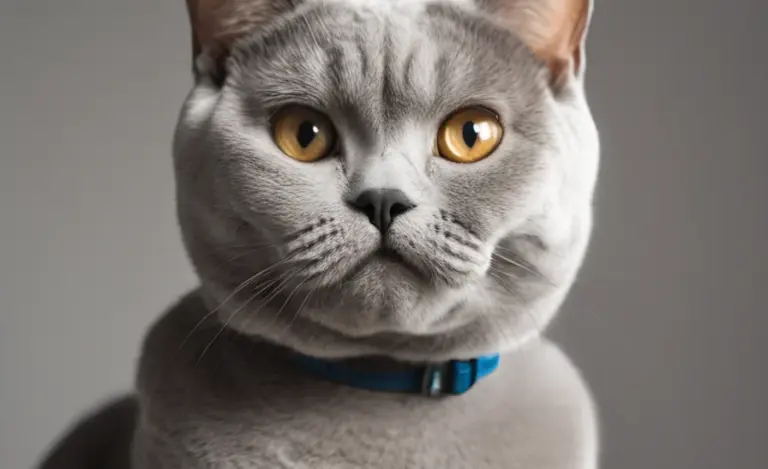Best Brushing Techniques for British Shorthairs: Ultimate Guide
The best brushing techniques for British Shorthairs involve using the right tools (slicker brush, metal comb), brushing gently but thoroughly 2-3 times a week to prevent mats, and making it a positive experience with treats and praise. Regular brushing removes loose fur, reduces shedding, and helps maintain their plush coat.
Is your British Shorthair’s beautiful coat starting to look a little… less than perfect? Don’t worry, you’re not alone! Many British Shorthair owners find grooming a bit challenging, especially with that dense, plush fur. The good news is, with the right techniques, you can keep your kitty looking and feeling fantastic.
In this guide, I’ll walk you through the best brushing techniques, step by step. We’ll cover the tools you need, how often to brush, and tips for making it a pleasant experience for both you and your furry friend. Get ready to say goodbye to mats and hello to a happy, healthy British Shorthair!
Why Brushing is Essential for British Shorthairs
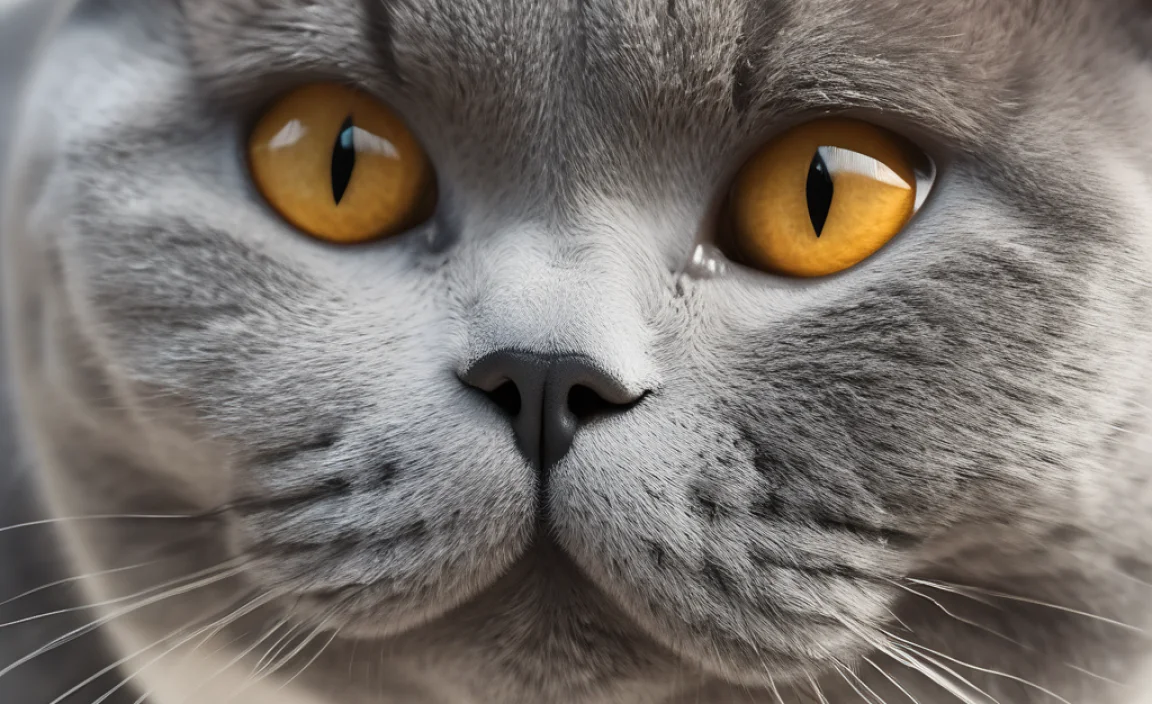
British Shorthairs are known for their thick, plush coats, which are absolutely gorgeous but also require regular maintenance. Here’s why brushing is so important:
- Prevents Mats and Tangles: Their dense fur is prone to matting, especially in areas like behind the ears and under the legs. Regular brushing prevents these painful knots from forming.
- Reduces Shedding: British Shorthairs shed quite a bit, especially during seasonal changes. Brushing removes loose fur before it ends up on your furniture and clothes.
- Stimulates Blood Circulation: Brushing helps stimulate blood flow to the skin, promoting a healthy coat.
- Bonding Time: Grooming can be a wonderful bonding experience for you and your cat.
- Early Health Check: Regular brushing allows you to check for any lumps, bumps, or skin irritations early on.
Choosing the Right Brushing Tools
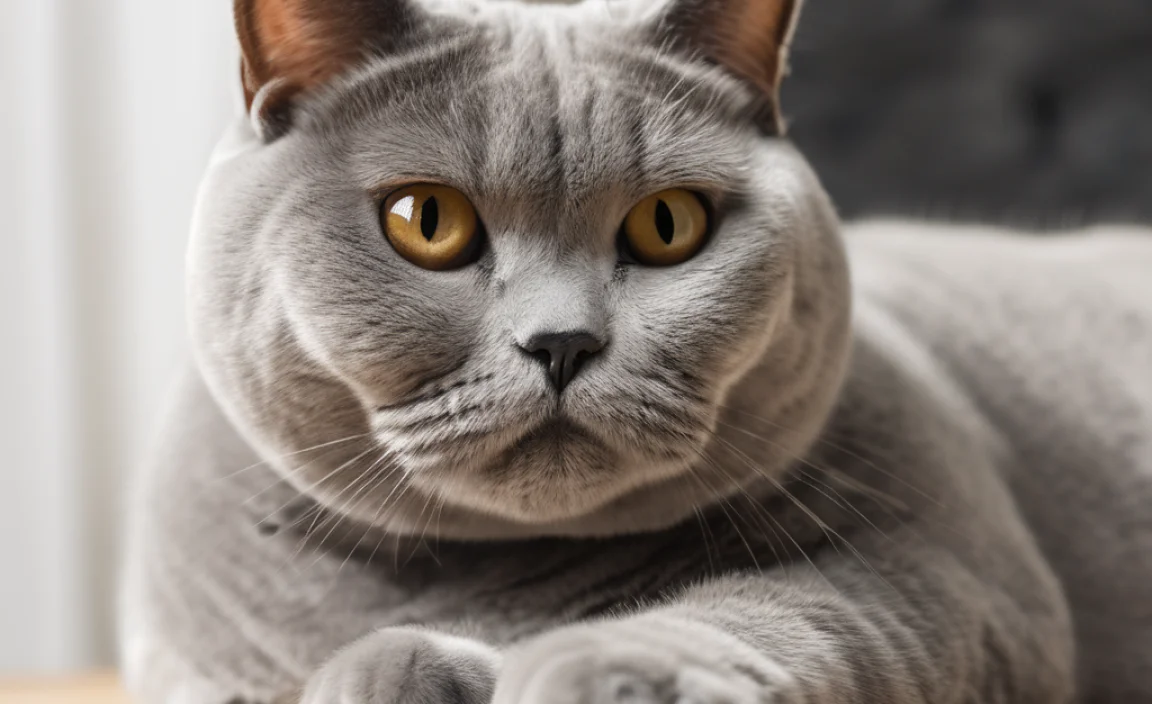
Having the right tools makes all the difference. Here are my top recommendations for brushing your British Shorthair:
- Slicker Brush: A slicker brush is essential for removing loose fur and preventing mats. Look for one with fine, angled bristles and rounded tips to avoid irritating your cat’s skin.
- Metal Comb: A metal comb with both wide and narrow teeth is great for working through tangles and checking for mats after brushing.
- Grooming Glove: Some cats enjoy the sensation of a grooming glove. These gloves have rubber tips that gently remove loose fur as you pet your cat.
- Detangling Spray (Optional): If your cat is prone to mats, a detangling spray can help loosen them before brushing. Choose a cat-safe formula.
Step-by-Step Brushing Techniques for British Shorthairs
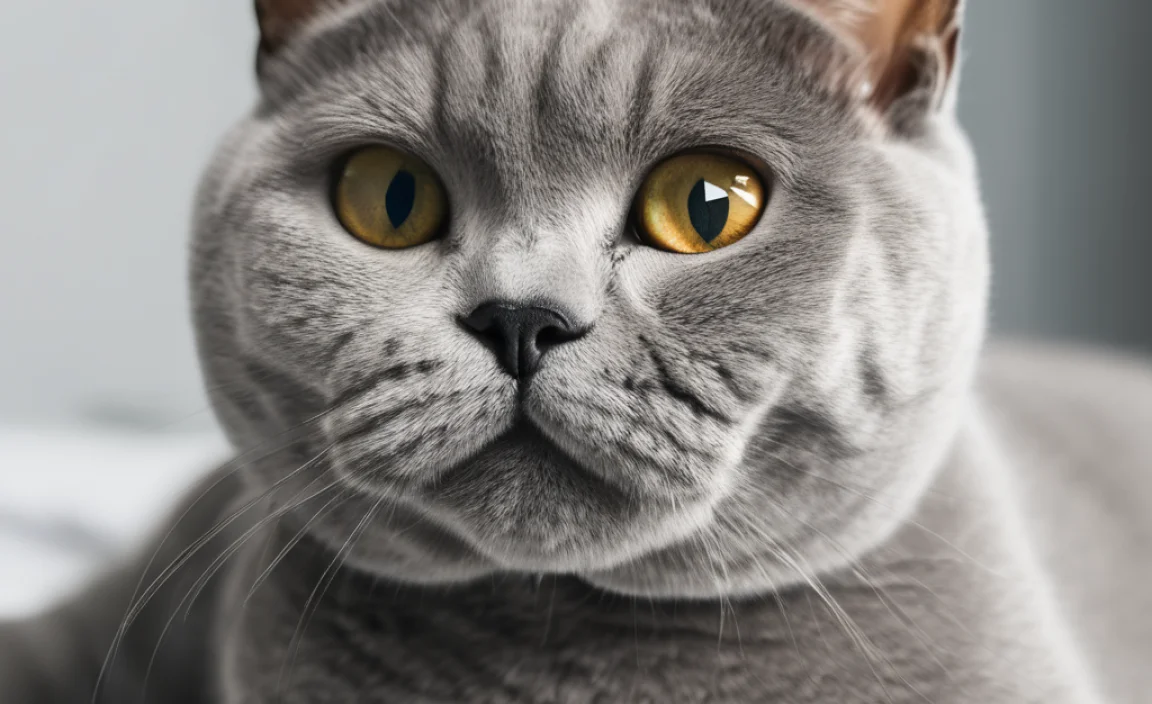
Now, let’s get to the brushing! Here’s a step-by-step guide to effectively groom your British Shorthair:
Step 1: Create a Calm Environment
Choose a quiet time and place where your cat feels comfortable. Avoid brushing when your cat is overly playful or anxious. A calm environment will make the experience more enjoyable for both of you.
Step 2: Start with Gentle Petting
Begin by petting your cat to help them relax. This will also allow you to check for any mats or sensitive areas. Speak softly and reassure your cat throughout the process.
Step 3: Use the Slicker Brush
Start brushing with the slicker brush, working in the direction of the fur growth. Use gentle, short strokes to remove loose fur. Pay special attention to areas that are prone to matting, such as behind the ears, under the legs, and around the tail.
Pro Tip: Avoid applying too much pressure with the slicker brush, as this can irritate your cat’s skin. Let the brush do the work, and focus on removing loose fur gently.
Step 4: Comb Through the Fur
After using the slicker brush, use the metal comb to check for any remaining tangles or mats. Start with the wide-toothed side of the comb and gently work through the fur. If you encounter a tangle, use the narrow-toothed side to carefully tease it apart.
Important: Never force a comb through a mat. If you can’t easily remove a mat with the comb, consider using a detangling spray or taking your cat to a professional groomer.
Step 5: Focus on Problem Areas
British Shorthairs are particularly prone to matting in certain areas. Pay extra attention to these spots:
- Behind the Ears: The fur behind the ears is often fine and easily tangled.
- Under the Legs: Friction from walking can cause mats to form under the legs.
- Around the Tail: The base of the tail can also be prone to matting, especially if your cat is overweight.
Step 6: End with Positive Reinforcement
Finish the grooming session with plenty of praise, petting, and maybe even a treat. This will help your cat associate brushing with positive experiences.
Brushing Frequency: How Often Should You Brush?
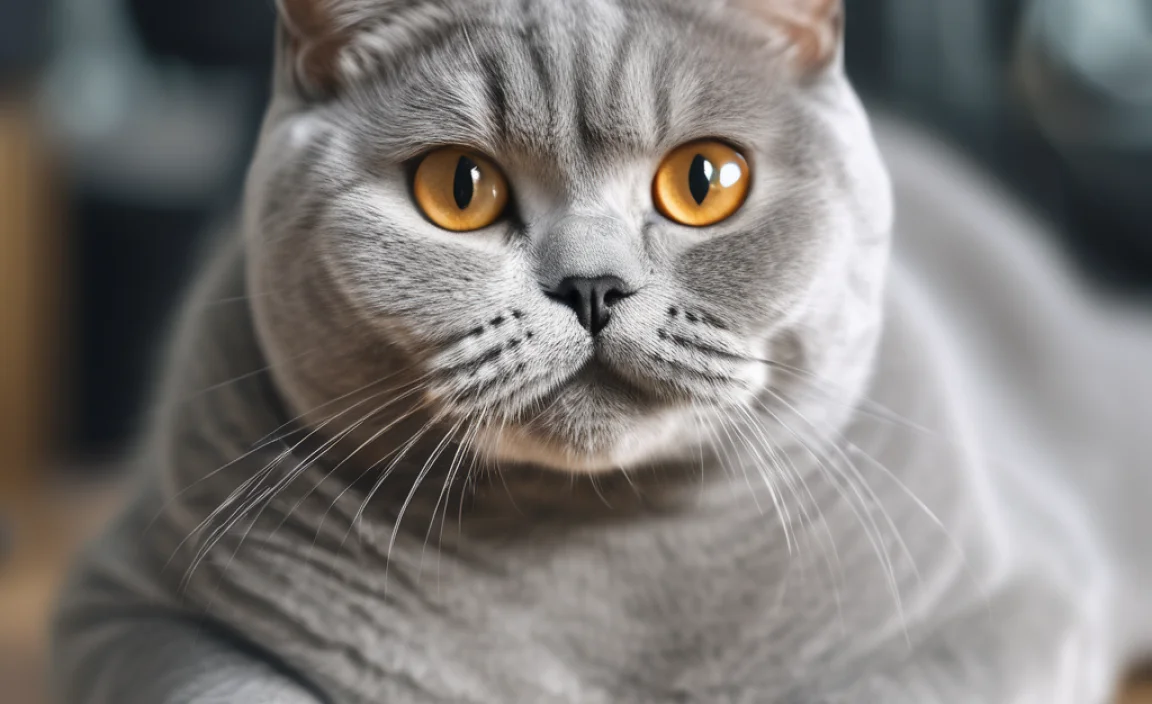
The ideal brushing frequency for your British Shorthair depends on their individual coat and shedding habits. However, a good general guideline is to brush them 2-3 times per week. During shedding season (spring and fall), you may need to brush them more frequently.
Here’s a simple table to help you determine the right brushing schedule:
| Season | Brushing Frequency | Reason |
|---|---|---|
| Spring & Fall (Shedding Season) | Every day or every other day | Increased shedding to remove loose fur |
| Summer & Winter | 2-3 times per week | Maintain coat health and prevent mats |
Dealing with Mats and Tangles

Despite your best efforts, mats and tangles can still occur. Here’s how to handle them:
- Detangling Spray: Apply a cat-safe detangling spray to the mat and let it sit for a few minutes. This will help loosen the fibers and make it easier to brush out.
- Careful Combing: Use the narrow-toothed side of the metal comb to gently tease apart the mat. Work slowly and patiently, and avoid pulling on the fur.
- Mat Splitter: A mat splitter is a specialized tool that can help break up stubborn mats. Use it carefully and follow the manufacturer’s instructions.
- Professional Groomer: If you’re unable to remove a mat yourself, don’t hesitate to take your cat to a professional groomer. They have the tools and expertise to safely remove mats without causing your cat pain.
Warning: Never use scissors to cut out mats, as you could accidentally cut your cat’s skin.
Making Brushing a Positive Experience
Some cats love being brushed, while others tolerate it at best. Here are some tips for making brushing a more positive experience for your British Shorthair:
- Start Early: Introduce your cat to brushing as a kitten. This will help them get used to the sensation and make it a normal part of their routine.
- Keep Sessions Short: Start with short brushing sessions (5-10 minutes) and gradually increase the duration as your cat becomes more comfortable.
- Use Positive Reinforcement: Reward your cat with praise, petting, and treats during and after brushing.
- Find Their Favorite Spots: Pay attention to where your cat enjoys being brushed the most. Focus on these areas to make the experience more pleasant.
- Be Patient: If your cat is resistant to brushing, don’t force it. Try again later, and be patient. With persistence and positive reinforcement, most cats will eventually learn to tolerate and even enjoy being brushed.
Common Brushing Mistakes to Avoid
Even with the best intentions, it’s easy to make mistakes when brushing your British Shorthair. Here are some common pitfalls to avoid:
- Using the Wrong Tools: Using the wrong type of brush or comb can be ineffective and even painful for your cat. Make sure you’re using tools specifically designed for cats with dense fur.
- Brushing Too Hard: Applying too much pressure can irritate your cat’s skin and make them resistant to brushing. Use gentle, short strokes and let the brush do the work.
- Ignoring Mats: Ignoring mats can lead to discomfort and even skin infections. Address mats as soon as you notice them to prevent them from becoming a bigger problem.
- Brushing When Your Cat is Stressed: Avoid brushing when your cat is already stressed or anxious. Choose a quiet time when they’re relaxed and receptive to being groomed.
- Giving Up Too Soon: It can take time for your cat to get used to being brushed. Don’t give up if they’re resistant at first. With patience and positive reinforcement, you can help them learn to enjoy the experience.
Other Grooming Tips for British Shorthairs
In addition to brushing, here are some other grooming tips to keep your British Shorthair looking their best:
- Nail Trimming: Trim your cat’s nails every 2-3 weeks to prevent them from becoming overgrown and causing discomfort. You can use cat nail clippers or take them to a groomer or veterinarian.
- Ear Cleaning: Check your cat’s ears regularly for dirt and wax buildup. Clean them with a cat-safe ear cleaning solution and cotton balls, if needed. Avoid inserting anything deep into the ear canal. The RSPCA has excellent guidance on cat ear care.
- Dental Care: Brush your cat’s teeth regularly to prevent dental disease. Use a cat-specific toothbrush and toothpaste. Your vet can also advise on dental chews and other products to help maintain your cat’s oral health.
- Bathing (Optional): British Shorthairs generally don’t need to be bathed very often, as they are good at keeping themselves clean. However, if your cat gets particularly dirty or smelly, you can give them a bath using a cat-safe shampoo. Be sure to rinse them thoroughly and dry them completely to prevent chills.
British Shorthair Grooming Schedule Example
Here is an example of a grooming schedule that you can adapt for your British Shorthair:
| Day | Activity |
|---|---|
| Monday | Brushing session (10-15 minutes) |
| Tuesday | Playtime and bonding |
| Wednesday | Quick brush (5 minutes) |
| Thursday | Nail trim (every 2-3 weeks) |
| Friday | Brushing session (10-15 minutes) |
| Saturday | Playtime and bonding |
| Sunday | Ear check and cleaning (as needed) |
FAQ: Brushing British Shorthairs
How often should I brush my British Shorthair kitten?
Start brushing your British Shorthair kitten a few times a week to get them used to the sensation. Gentle brushing helps them associate grooming with positive experiences.
What if my British Shorthair hates being brushed?
Introduce brushing slowly, using treats and praise. Start with short sessions and gradually increase the time as they become more comfortable. If they’re very resistant, try a grooming glove instead of a brush.
Can I use human shampoo on my British Shorthair?
No, human shampoo can be too harsh for cats and can dry out their skin. Always use a shampoo specifically formulated for cats.
How do I know if my British Shorthair has a mat?
Mats feel like tight knots in the fur, often found behind the ears, under the legs, or near the tail. Run your fingers through their coat regularly to check for any unusual lumps or bumps.
What should I do if I find a large mat on my British Shorthair?
For large or stubborn mats, it’s best to consult a professional groomer. They have the tools and expertise to safely remove mats without hurting your cat.
Are British Shorthairs hypoallergenic?
No, British Shorthairs are not considered hypoallergenic. While no cat is truly hypoallergenic, some breeds produce less of the Fel d 1 protein (the main allergen). British Shorthairs still produce this protein and shed, so they may not be suitable for people with severe allergies. You can learn more about cat allergies from resources like the Allergy UK website.
How can I reduce shedding from my British Shorthair?
Regular brushing is the best way to reduce shedding. You can also try a de-shedding tool, which is designed to remove loose fur from the undercoat. A high-quality diet can also contribute to a healthy coat and reduced shedding.
Conclusion
Brushing your British Shorthair regularly is an essential part of their care. Not only does it keep their coat looking beautiful, but it also prevents mats, reduces shedding, and provides an opportunity for bonding. By following the techniques outlined in this guide, you can make grooming a positive experience for both you and your furry friend. Remember to be patient, gentle, and consistent, and your British Shorthair will reward you with a lifetime of love and companionship. Happy brushing!

